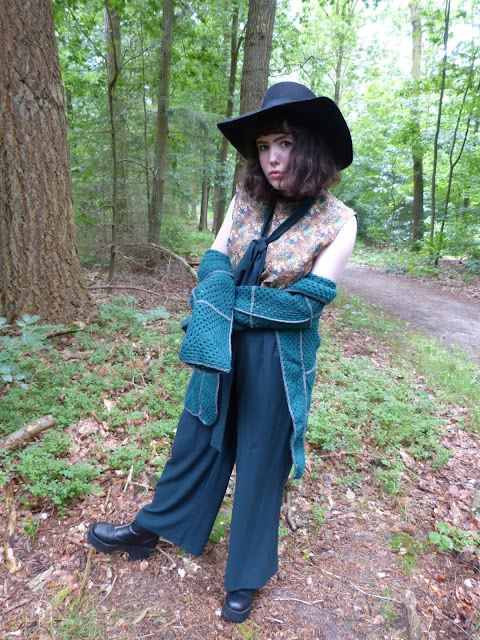Some nights ago.
Walking with my father.
The sun is setting.
People are leaving.
The sky is red.
The grass is green.
(Stating the obvious is never obscene).
We're walking.
Together.
It's getting cold.
I'm gold.
Lit by the light of the sun.
Filled by the delight of the moon.
Sleep is near.
I can feel it.
I want to be it.
Today is the end.
The end of summer has come.
I'm walking with my dad.
Thinking about nothing.
Hoping it will last.
Stop the thought.
Kill the doubt.
Summer is turning around.
The sky has become purple.
We're almost there.
We're almost home.
Love,
Dominique






























































